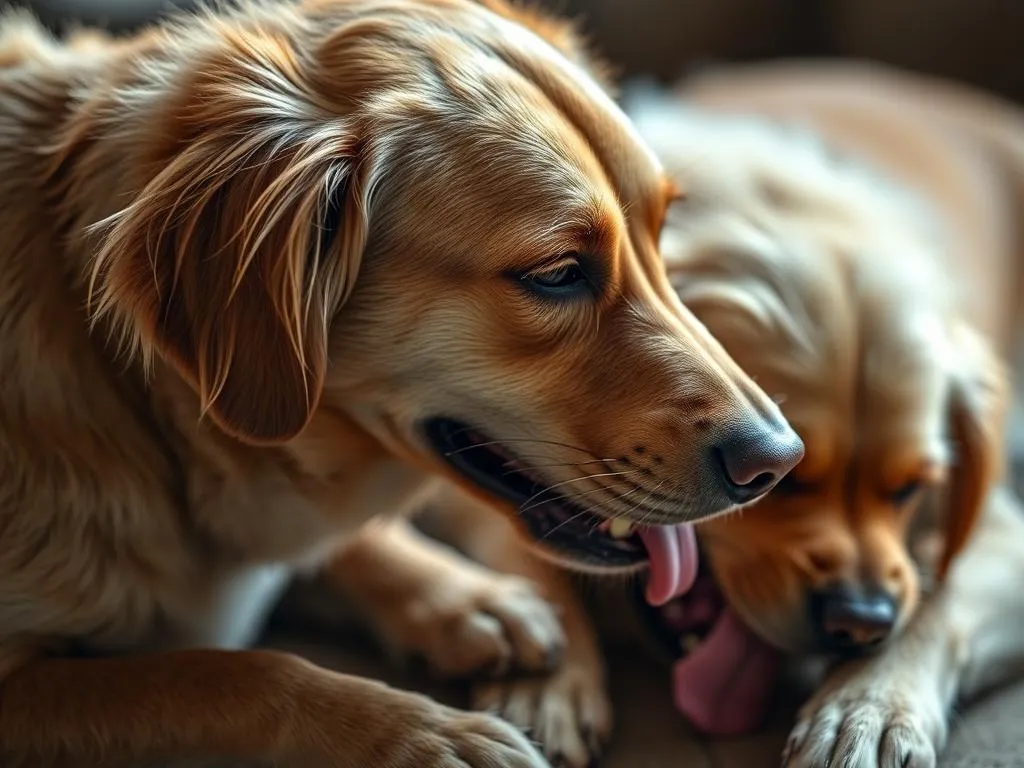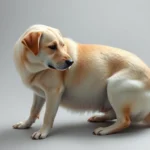
Introduction
As a dog owner, ensuring the health and well-being of your furry companion is of utmost importance. One critical issue that can arise in dogs is foreign body ingestion. This occurrence happens when a dog swallows an object that is not food, leading to potentially serious health complications. Statistics indicate that approximately 10% of dogs will experience some form of foreign body ingestion throughout their lives, making it a common concern among pet owners.
The purpose of this article is to educate dog owners about the dangers of foreign body ingestion, emphasizing prevention, symptoms to watch for, treatment options, and recovery strategies. By being informed, you can take proactive steps to keep your dog safe.
Understanding Foreign Body Ingestion
What is Foreign Body Ingestion?
Foreign body ingestion refers to the act of a dog swallowing objects that are not digestible or intended for consumption. Common culprits include:
- Toys: Small parts from chew toys, balls, and plush toys.
- Food Items: Bones, corn cobs, and large pieces of food.
- Household Objects: Socks, rubber bands, or even coins.
These objects can cause blockages in the digestive tract, leading to serious health risks.
Why Do Dogs Ingest Foreign Bodies?
Dogs are naturally curious creatures, and their exploratory behavior can often lead to unwanted situations. Reasons for foreign body ingestion include:
- Natural Instincts: Dogs often use their mouths to explore the world, leading them to chew and swallow objects.
- Behavioral Factors: Dogs experiencing boredom or anxiety may resort to eating non-food items as a coping mechanism.
- Lack of Supervision: Dogs left unattended are more likely to ingest dangerous objects.
Understanding these behaviors can help owners mitigate risks.
Signs and Symptoms of Foreign Body Ingestion
Common Symptoms
Recognizing the signs of foreign body ingestion is crucial for timely intervention. Symptoms may include:
- Vomiting and Gagging: Frequent attempts to vomit may indicate a blockage.
- Abdominal Pain and Bloating: Dogs may exhibit discomfort or a distended abdomen.
- Diarrhea or Constipation: Changes in bowel movements can signify digestive distress.
- Lethargy and Loss of Appetite: A sudden drop in energy or refusal to eat can be serious red flags.
When to Seek Veterinary Help
If you suspect your dog has ingested a foreign body, it’s vital to act quickly. Recognize severe symptoms such as:
- Choking: Difficulty breathing or persistent coughing.
- Severe Distress: Signs of pain, restlessness, or rapid heart rate.
If these symptoms occur, seek veterinary assistance immediately. Generally, if you notice any unusual behavior post-ingestion, it’s best to consult your vet.
Diagnosis of Foreign Body Ingestion
Veterinary Examination
When you take your dog to the veterinarian, the first step will be a thorough examination. This includes:
- Initial Assessment: The vet will ask about the dog’s history, including symptoms and any witnessed ingestion.
- Physical Examination Techniques: The vet may palpate the abdomen to check for pain or unusual masses.
Diagnostic Tools
To confirm a diagnosis of foreign body ingestion, your vet may utilize several diagnostic tools, including:
- X-rays: Helpful in locating radiopaque objects within the digestive tract.
- Ultrasounds: Effective for assessing soft tissue and identifying fluid or foreign bodies.
- Endoscopy: A minimally invasive procedure that allows the vet to visualize and potentially retrieve the foreign object.
- Blood Tests: To check for signs of infection or other health issues.
These tools help determine the best course of action for treatment.
Treatment Options
Immediate Care
If you suspect your dog has ingested a foreign body, it’s essential to stay calm. Here’s what you can do while preparing to visit the vet:
- Do not induce vomiting unless instructed by a veterinarian. This can cause further injury or complicate the situation.
- Monitor symptoms: Keep track of any changes in behavior or physical condition.
Veterinary Treatments
Once at the veterinary clinic, treatment options may vary based on the type and location of the foreign body:
- Endoscopic Removal: If the object is accessible and not causing severe damage, the vet may remove it using an endoscope.
- Surgical Intervention: In cases where the object is lodged or causing serious complications, surgery may be necessary to remove it.
- Post-Treatment Care and Monitoring: After removal, your dog may need to be monitored for complications, including infections or digestive issues.
Following the vet’s instructions during recovery is vital for your dog’s health.
Prevention Strategies
Supervision and Training
Preventing foreign body ingestion starts at home. Effective strategies include:
- Close Supervision: Always keep an eye on your dog, especially during playtime or while outdoors.
- Training Methods: Teach commands like “leave it” or “drop it” to discourage scavenging behaviors.
Safe Environment
Creating a dog-proof environment can significantly reduce risks. Here are some tips:
- Dog-Proofing: Remove or secure items that could be harmful, including small toys and household objects.
- Choosing Dog-Safe Toys: Invest in high-quality, durable toys that are less likely to break apart.
Regular Health Check-ups
Routine veterinary visits are crucial for your dog’s overall health. Ensure that:
- Routine Visits: Regular check-ups allow your vet to monitor your dog’s health and detect any early signs of issues.
- Vaccinations and Preventive Medications: Stay up-to-date on vaccinations and preventive medications to keep your dog healthy.
Recovery and Aftercare
Post-Treatment Care
After your dog has undergone treatment for foreign body ingestion, it’s essential to provide the right care:
- Dietary Recommendations: Your vet may suggest a bland diet for a few days post-treatment to ease the digestive system.
- Signs of Complications: Watch for symptoms such as vomiting, diarrhea, or lethargy, and contact your vet if they arise.
Long-term Health Monitoring
Continued vigilance is necessary for your dog’s health post-recovery:
- Behavioral Changes: Keep an eye on any changes in behavior or eating habits.
- Follow-Up Visits: Schedule follow-up appointments with your veterinarian to ensure your dog is healing properly.
Conclusion
In summary, foreign body ingestion in dogs is a serious issue that can lead to significant health complications. By understanding the signs and symptoms, knowing when to seek veterinary help, and implementing preventive strategies, you can help keep your furry friend safe. Proactive dog health care is essential, and should you ever be in doubt about your dog’s health, don’t hesitate to reach out to your veterinarian for guidance.
FAQs Section
What should I do if I suspect my dog has ingested something harmful?
If you suspect your dog has ingested a foreign object, monitor their behavior closely and contact your veterinarian immediately for advice.
Are all foreign bodies harmful to dogs?
While not all ingested objects will cause harm, many can lead to serious complications, such as blockages or internal injuries, so it’s essential to seek veterinary assistance.
Can I induce vomiting if my dog ingests a foreign body?
Inducing vomiting at home is not recommended unless directed by a veterinarian. It can cause further injury or complications.
What are the most common foreign bodies ingested by dogs?
Common items include toy parts, bones, socks, and household objects like rubber bands or coins.
By equipping yourself with knowledge about foreign body ingestion in dogs, you can take proactive steps to ensure the health and safety of your canine companion.









